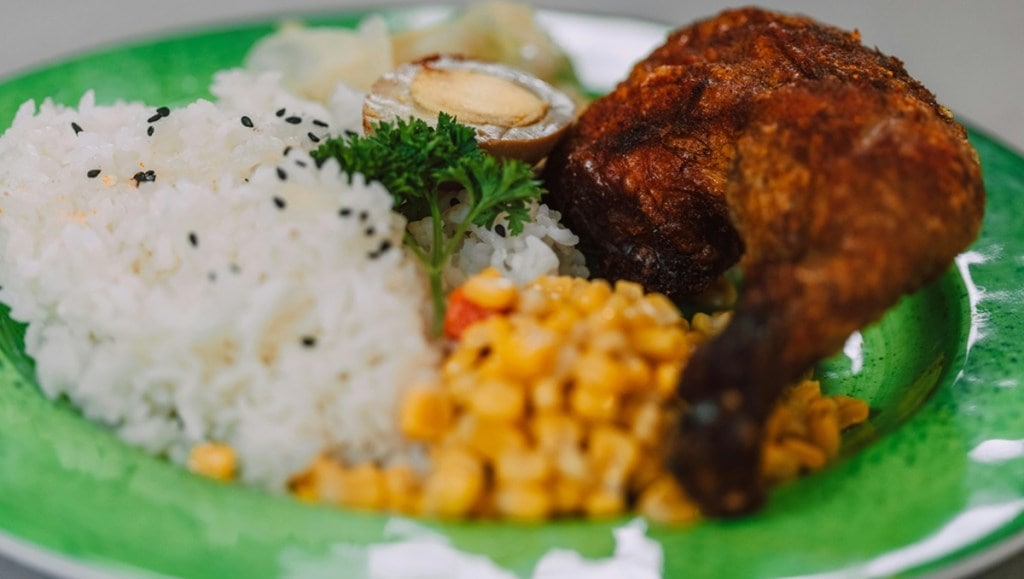The average cost of home-cooked chicken thali, unlike the perception, continued to cost less than the vegetarian thali in the month of May. If you prefer chicken over daal and veggies, you have paid less in the previous month owing to lower poultry prices, and uptick in prices of onion, potato and tomato, said Crisil’s monthly indicator of food plate cost – The Roti Rice Rate.
The average cost of preparing a thali at home is calculated based on input prices prevailing in north, south, east and west India. The monthly change reflects the impact on the common man’s expenditure. The data also reveals the ingredients (cereals, pulses, broilers, vegetables, spices, edible oil and cooking gas) driving the change in the cost of the thali.
According to the CRISIL MI&A Research estimates, the cost of home-cooked non-veg thali declined by 7 per cent in May, while that of veg thali became dearer by 9 per cent on-year during the same month. The cost of non-veg thali declined due to an estimated drop of approximately 16 per cent in the prices of broiler year-on-year on a high base of last fiscal. Broiler poultry accounts for 50 per cent of the non-vegetarian thali cost.
Meanwhile, the price of veg thali increased due to a surge of 39 per cent in tomato prices, 41 per cent in potato prices and 43 per cent in onion prices on-year, largely because of the low base of last fiscal. Lower onion arrivals on account of a significant drop in rabi acreage coupled with a decline in potato arrivals on account of the adverse impact of late blight and crop damage in West Bengal contributed towards the increase in prices, Crisil said.
Furthermore, prices of rice, which accounts for 13 per cent of the veg thali cost, increased by 13 per cent on-year due to a dip in acreage, resulting in subdued arrivals. The prices of pulses, which accounts for 9 per cent of the veg thali cost, surged by 21 per cent on-year due to lower reservoir levels which impacted the production.
Meanwhile, the prices of cumin, chilli and vegetable oil fell by 37 per cent, 25 per cent and 8 per cent, respectively, preventing a further increase in the cost of the veg thali
Now, on a month-on-month basis, the cost of the veg thali edged up 1 per cent and non-veg thali inched lower by 1 per cent. The cost of veg thali rose marginally on-month owing to a 9 per cent increase in potato prices even as the cost of other major components broadly remained flat.
The cost of non-veg thali, however, declined as prices of broilers fell by an estimated 2 per cent on a high base.
During the previous month, that is April, the cost of non-veg thali had declined by 4 per cent, while that of veg thali had become dearer by 8 per cent.

